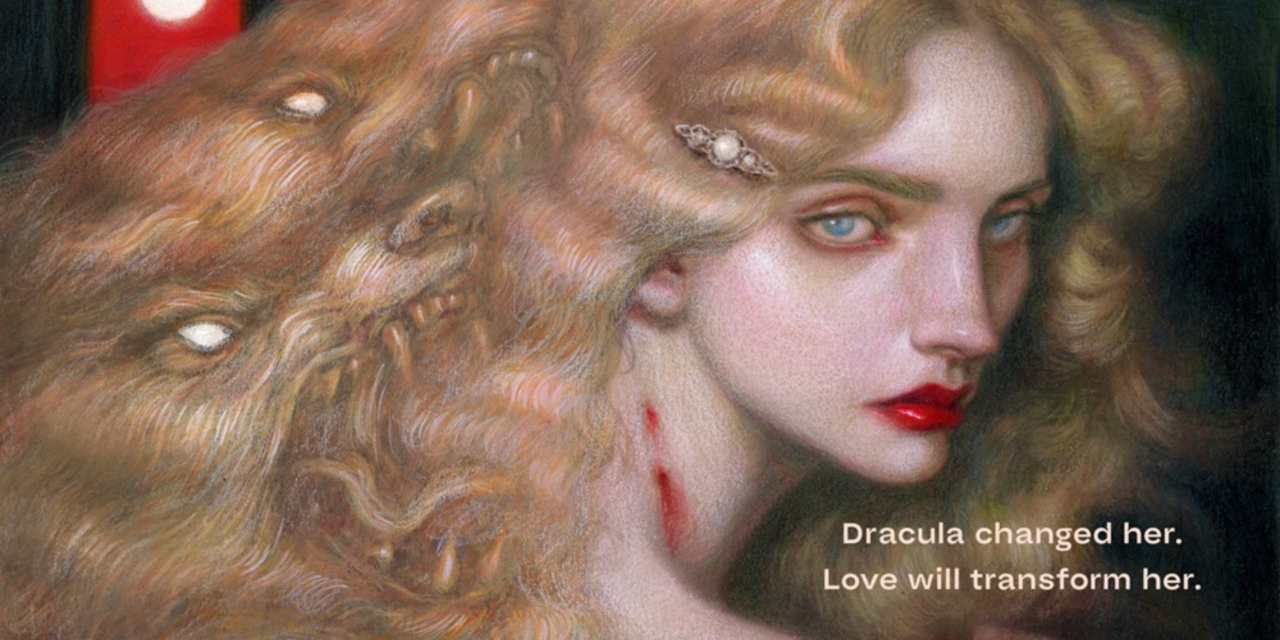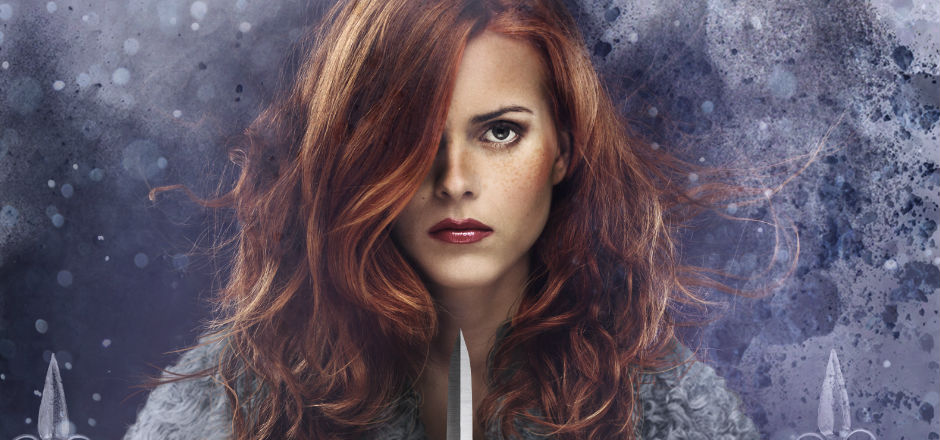Composed in a pseudo-epistolary style, Lucy Undying is told mainly in three perspectives: the secret diary of Lucy Westenra before and during the events of Dracula in the 1890s, recordings of the vampire Lucy in 2024 made by a Boston therapist, and a first-person narrative by a young woman named Iris who arrives in London at the start of the novel. Iris’s narratives take place a few days after the recordings, which are all done on the same day.
Some spoilers regarding Iris’s identity and midpoints of the plot will be discussed later in this review. This review also contains discussion of the plot of Dracula, including heavy spoilers for the ending.
From the Publisher
Her name was written in the pages of someone else’s story: Lucy Westenra was one of Dracula’s first victims.
But her death was only the beginning. Lucy rose from the grave a vampire and has spent her immortal life trying to escape from Dracula’s clutches—and trying to discover who she really is and what she truly wants.
Her undead life takes an unexpected turn in twenty-first-century London, when she meets another woman, Iris, who is also yearning to break free from her past. Iris’s family has built a health empire based on a sinister secret, and they’ll do anything to stay in power.
Lucy has long believed she would never love again. But she finds herself compelled by the charming Iris while Iris is equally mesmerized by the confident and glamorous Lucy. Yet their intense connection and blossoming love is threatened by outside forces. Iris’s mother won’t let go of her without a fight, and Lucy’s past still has fangs: Dracula is on the prowl once more.
Lucy Westenra has been a tragically murdered teen, a lonesome adventurer, and a fearsome hunter, but happiness has always eluded her. Can she find the strength to destroy Dracula once and for all, or will her heart once again be her undoing?
Kiersten White is one of the contemporary masters of books in conversation with cultural history. While current trends place heavy emphasis on feminist retellings of Greek mythology (thanks in large part to Madeleine Miller’s Song of Achilles and Circe), White’s bibliography is filled with feminist takes on everything from historical figures like Vlad the Impaler to the children’s TV figures of the 90s.
Lucy Undying is a return to one of my favorite areas of White’s work: literary classics approached with a modern sense of progressive and feminist ideals, much like this month’s book club selection of her 2018 young adult novel The Dark Descent of Elizabeth Frankenstein. Her next novel tackles one of the greats in monster storytelling: Bram Stoker’s Dracula.
But this isn’t a novel about Dracula, the vampire himself. It’s about the “main” victim of the novel, Lucy Westenra, who is turned into a vampire by Dracula and subsequently starts attacking and feeding on young children.
As a revisionist work, Lucy Undying takes a hefty amount of artistic license with the elements of the original story in order to line up some of the material points that the author wants to make. Dracula purists (I’m sure they exist) probably won’t love some of these changes; Dracula’s the villain of Lucy’s story, in some ways, but White’s alterations create other villains for Lucy and Iris to contend with, some of which may be unpopular for readers with attachment to the original novel.
For the rest of us, though, these changes create a story that’s much more compelling to a contemporary audience.
I started Lucy Undying with certain expectations, particularly because (fortuitously) I’d been getting ready to start my reread of The Dark Descent of Elizabeth Frankenstein for the Girls in Capes Book Club. Elizabeth Frankenstein stayed with me for a long time after reading it, and I finished my reread between starting and finishing Lucy. While the books are definitely cousins of a sort—books that tackle classic novels by viewing the story through the perspective of a female character who’d been largely pushed aside by the original author—there are a lot of differences, too.
First, Lucy straddles the original novel’s era and our own. This was the first thing I didn’t expect to see, but makes sense in a story about a vampire who can live centuries as long as no one interferes. In the first quarter or so of the book, I really didn’t care for this choice; Iris felt like a self-insert or a vehicle to make a contemporary reader care about Lucy and her problems, which wasn’t my favorite thing.
But there’s a point in the book where another very unexpected thing is revealed to the reader, and this is where I understood the brilliant direction White was headed with the story. Iris is the heiress to a multibillion-dollar company that falls somewhere between a MLM and the Church of Scientology, and suddenly bringing actual, literal vampires into the situation made a hell of a lot more sense.
Very little about Lucy Undying went the way I initially suspected, which is exactly what we like to see in a book. The novel also makes Dracula actually scary again: his looming presence in Lucy’s memories are at times genuinely upsetting, and White does an amazing job at drawing in the original Victorian metaphor about the horror of vampires lying in their sexuality by transforming the original message—that vampires are bad because they Have Sex—into one about sexual assault.
There’s a lot more I want to say about this brilliant and incredibly timely novel, but that would both take up way more space than a review tends to hold and also spoil way too much of the plot. Needless to say, you’re likely to spot this book at one of our future book club meetups: it’s rich with discussion points, and it’s practically screaming for a book club or, at the very least, a buddy read.
You’ve probably guessed as much by this point, but I cannot recommend Lucy Undying more highly, especially if this is your introduction to this author. Kiersten White excels at writing books that feel like speculative fiction while they also feel as if they’re your own life:
“I never stopped being nineteen! Every feeling I have feels like the only feeling I’ll ever have.”
Over a decade past nineteen, I know exactly what this felt like. It’s a sensation that you can understand only in retrospect, when the feelings you thought would hurt you forever turned out to be feelings for only a short time. This, I think, is the greatest reason I think Lucy Undying is perfect for an adult audience: while both of the protagonists are young women just coming of age, the novel’s perspective on what can be the most difficult years of a person’s life offers insight—and maybe even closure—that will make the greatest impact on readers who stopped being nineteen quite some time ago.
Lucy Undying by Kiersten White is available September 10, 2024 from Del Rey.
Review Source: Digital review copy provided on NetGalley by the publisher
This review contains affiliate links. Girls in Capes receives revenue from purchases made at affiliate links, but reviews are not paid, and all reviews contain the staff writers’ honest opinions of the work.







